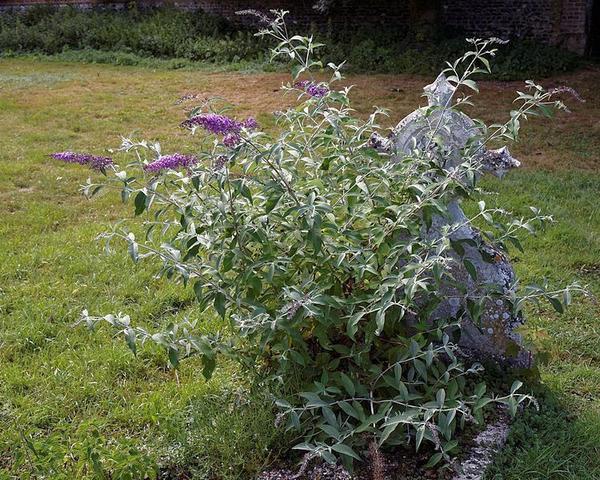
While visiting England and Finland my husband and I traveled by train. (Wonderful transportation! I wish we had good trains in the U.S.) In both countries I noticed beautiful flowers blooming along the rail lines. As I feared, the flowers are invasive.
England’s railroad flowers:
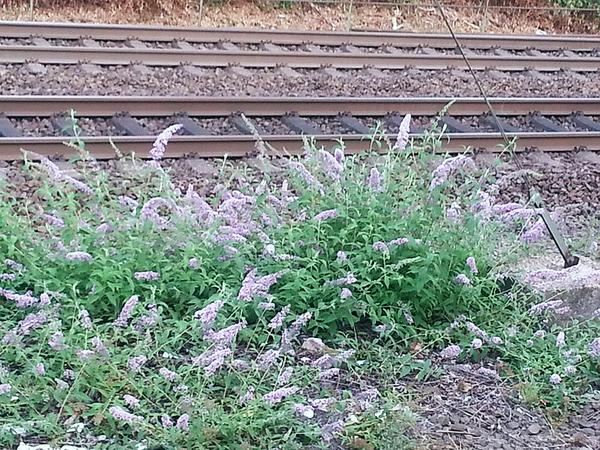
In England the railroad waste places are crowded with butterfly bush, Buddleja davidii (pronounced “BUD lee ah”). Originally from central China and Japan, buddleja has many cultivars and is planted around the world for its beauty. It’s now invasive in most temperate regions outside its homeland including England, New Zealand and North America. Yes, it’s invasive in Pennsylvania. Here are Three Reasons to Never Plant Butterfly Bush Again.
Finland’s railroad flowers:
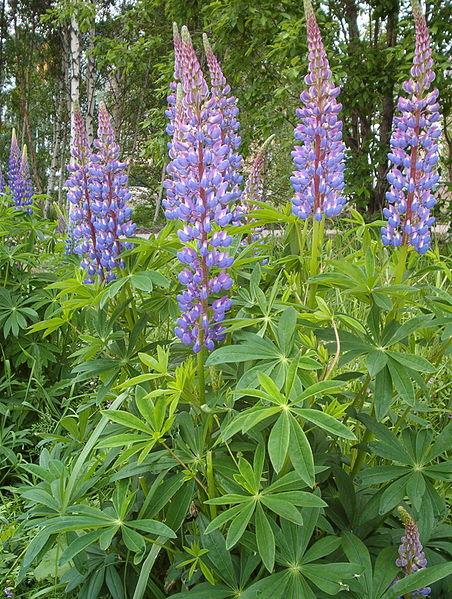
In Finland I was surprised to see so much lupine because it’s a treat to see it growing wild in North America. Unfortunately Lupinus polyphyllus was imported for Finnish gardens and has escaped to waste places along the roads and railways. It’s everywhere! When I remarked on its beauty our Finnish friends said, “It’s awful! Very hard to get rid of.” Here’s some lupine by the railway, taken from inside the train to Helsinki.
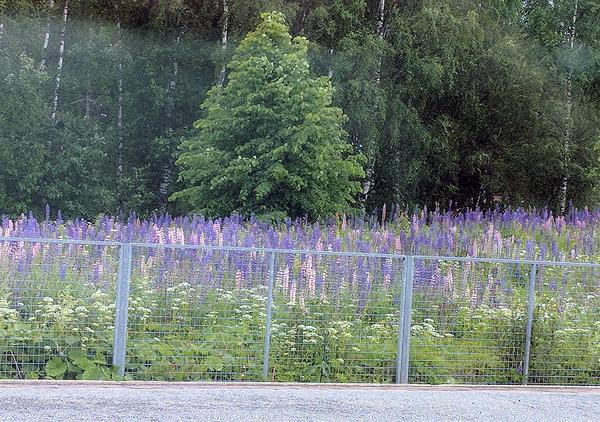
Click here to read about five invasive species in Finland. The North American mink is one of them.
Pennsylvania’s railroad flowers:
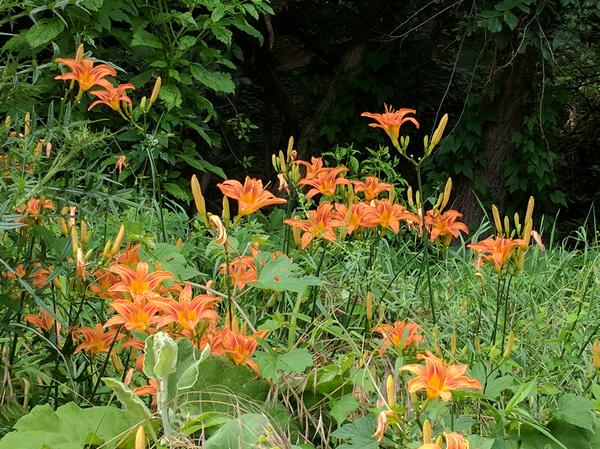
Though it’s hard to find a passenger train in western Pennsylvania, we still use railroads for freight and, yes, we have railroad flowers. Ours are orange daylilies (Hemerocallis fulva), a garden cultivar from East Asia that grows wild along roadsides and rail lines. This gave it two nicknames: Ditch Lily and Railroad Lily.
Orange daylily seeds are sterile so the plant spreads by fibrous roots and rhizomes. These are so hard to get rid of that the plant is invasive in Pennsylvania.
Many invasive plants line the roads and railways of the world. Fortunately the railroad flowers are beautiful.
(most photos are from Wikimedia Commons; click on the images to see the originals.)
The article you linked to is informative, but this line set me off –
“People rationalize their perceived need for butterfly bush because they think it helps butterflies,” Tallamy says. “What they really want is a pretty plant in their yard.”
I actually did think it helped butterflies. I’ve been photographing and posting all the visitors to my bush because I was proud of them, not the bush. Good to know I’m actually shallow and selfish and just want a pretty plant in my yard. It definitely makes me feel like listening to any of the other good information that person gave.
Melissa, alas I didn’t read the whole article so I missed the comment about gardeners. When I get a chance I will look for a less judgemental presentation of the issue.
Fun to read about other places. I will take the Butterfly bush over my Japanese knotweed any time!
We have had a butterfly bush for about five years. We cut it back every spring. It is so pretty.
We saw fields of lupine near Mt. Cook in New Zealand, not native there either, but so beautiful!